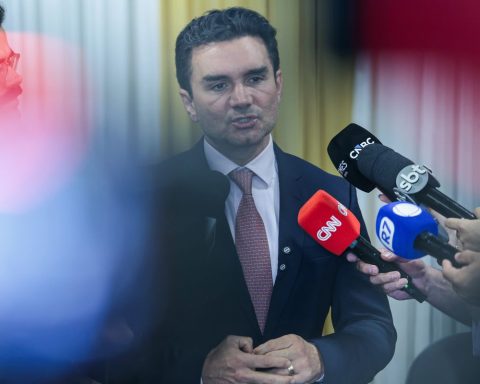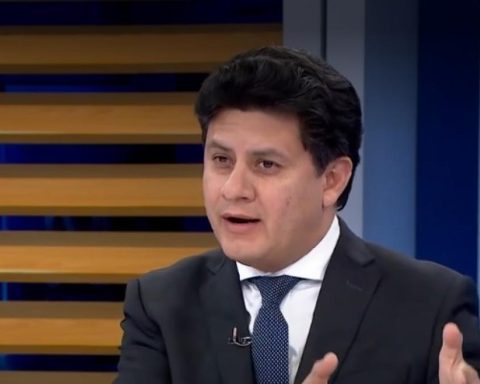Today the motivations to fight against climate change are leading the discussion regarding the future of the world in environmental matters. In accordance with the World Bank Group (WBG), if developing countries invested an average of 1.4% of gross domestic product (GDP), would allow them to reduce by 70% the emissions produced by 2050.
(A billionaire emits a million times more C02 than anyone else).
In the same way, from the report ‘Action Plan on Climate Change 2021-2025’, the entity states that it is the largest multilateral provider of climate financing for developing countries, promoting efforts in dynamics, diagnosis, planning and policies on climate change. climate, as well as the alignment of financial flows of the Paris Agreement and the prioritization of traditions in key systems such as energy, agriculture, transportation, manufacturing, among others.
Figures from the report ensure that by 2019, China and India collectively contributed 35.1% of global CO2 emissions, while the combined contribution of all other International Bank for Reconstruction and Development (IBRD) borrowers ), was 24.4%the contribution of nations that are not part of the World Bank programs was 34.4%.
(OMT seeks to reduce carbon emissions produced by tourism).
“Internationally, the poor tend to suffer the most due to the impacts of climate change, despite being the sector that bears the least responsibility for greenhouse gas (GHG) emissions. In the past decade, IDA client countries have been affected by natural disasters at least eight times more than in the 1980s, resulting in a tripling of economic damages.” explain the document.
In turn, the countries with the highest levels of CO2 emissions worldwide are China, approaching 30%, the United States with almost 15%, India for more than 5%, Russia also limiting 5%.Japan, Iran, Germany, Indonesia, Republic of Korea and Saudi Arabia below 5% respectively.
In another World Bank Group report ‘Climate and Development: An Agenda for Action’, the organization estimates that at least 20 countries account for 34% of global greenhouse gas emissions. Thus, the WBG believes that investment needs are notably higher in low-income nations, which are more vulnerable to climate risk, where they typically exceed 5% of GDP.
For the entity, “These countries will need greater volumes of concessional financing and grants to manage the impacts of climate change and develop within a model with low carbon emissions”, says the World Bank.
(There is a rush! Companies should accelerate decarbonization by 2050).
Regarding financing, the bank commits to reach an average of 35% climate financing until 2025, a figure that is higher than that established in 2020, which was 28%, with a total of US$21.4 billion, in order to help customers to achieve green development, “resilient and inclusive”.
“Achieving climate and development goals must go hand in hand. Climate action is a key global public good that requires large volumes of additional financing from the global community and mechanisms to address resource inflows.” declared David Malpass, President of the World Bank Group.
DIANA K. RODRIGUEZ T.















